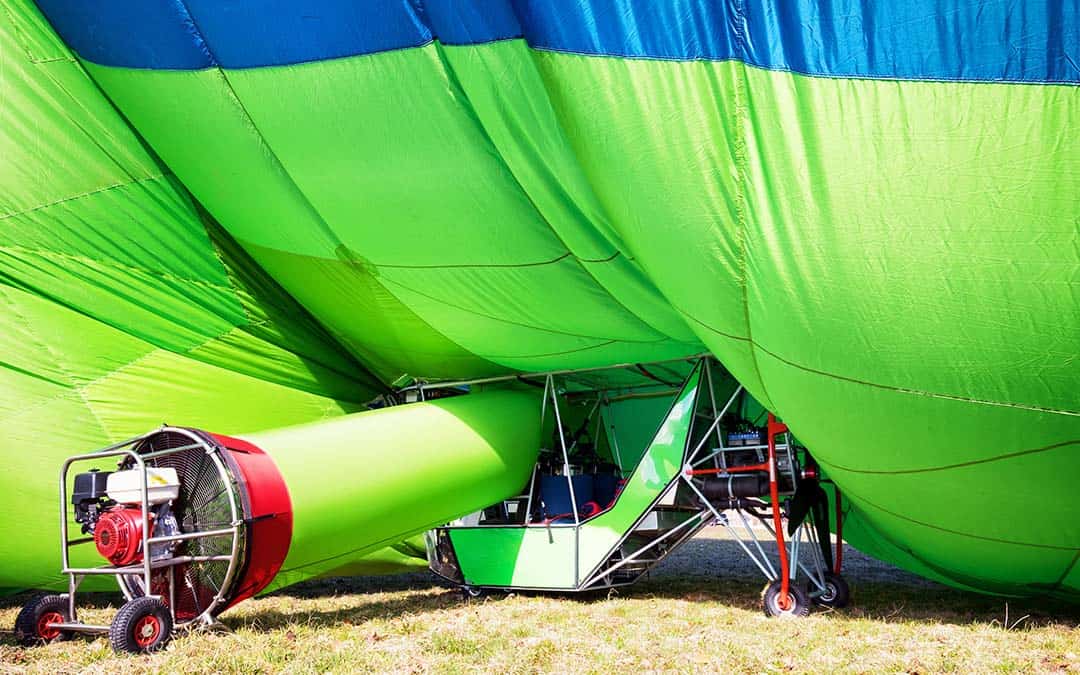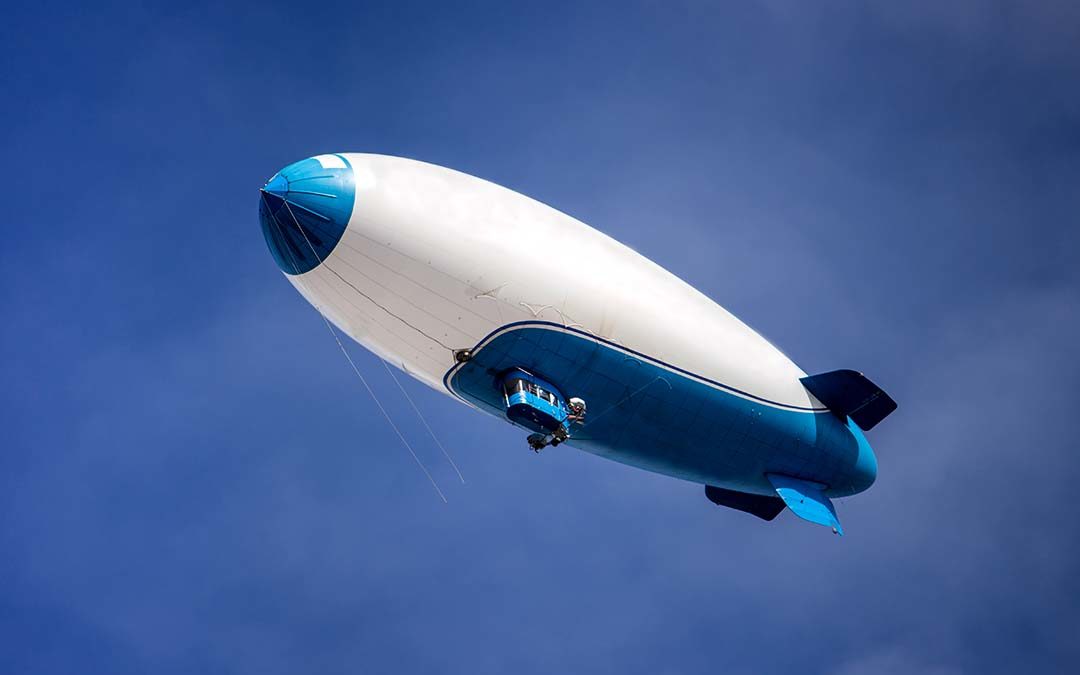When you say airship, typically one’s first thought might be “Hindenburg.” It’s hard to get the unfortunate accident out of one’s mind when the airship’s first debut became a literal explosive PR nightmare. However, airship companies are working tirelessly to show the future of air travel. New-generation airships are kept up by helium (the non-flammable alternative to its predecessor, hydrogen). Literally lighter than air, this opens up many possibilities in terms of sustainable air travel.
Commercial Travel
First and foremost, commercial travel seems promising. Afloat with helium and moving along with combustion engines, airships would be low-noise and low-turbulence. With less machinery needed to keep the craft airborne and no need for pressurization, cabins would have more space and even windows per passenger. As another benefit, these blimp-style crafts wouldn’t need special infrastructure to land.
Not only would the flight be smoother and more luxurious for the passenger, but travel would also be much more environmentally friendly. Hybrid Air Vehicles (HAV), a UK-based company, claims that their Airlander 10 craft would have a carbon footprint of less than a tenth of a conventional jet plane for a short-haul flight. HAV doesn’t plan to stop there either, as they are set to decrease carbon emissions even further by introducing hydrogen batteries to replace combustion engines. This will reduce emissions by 75% compared to a kerosene engine, the typical choice of fuel for airplanes.

French company Euro Airship also is working toward zero emissions, already reducing their own fuel consumption by 80%. They plan to incorporate hydrogen batteries and solar panels as well, further reducing carbon emissions.
Cargo Transportation
With rising demands of rapid international delivery of goods, airships could cut down on not only delivery times but also on operating and transportation costs. On top of being a much faster mode of transport compared to typical freight vessels, this would also reduce carbon emissions significantly compared to the typical use of large freight ships.
All fantastic benefits, but the greatest benefit of airships may be the fact that they do not need special infrastructure to land. They can land on any surface without a runway, meaning difficult-to-reach and remote areas are now accessible.
Startup Buoyant has taken advantage, and is starting small. Their goal is to build small unmanned airships for middle-mile cargo (taking cargo from a factory or port to a fulfillment center), so that remote places such as Alaska could become more accessible at low costs. With their hybrid battery electric airship, dropping off cargo to typically difficult-to-reach hubs is now significantly easier.
Flying Whales, a French startup, also has a mission to unlock remote areas. Their aircraft LCA60T can now upload up to 60 tonnes of heavy or bulky loads, helping construction and heavy industries find more sustainable ways to transport special cargo especially to dense or remote areas. They can also transport wood for sustainable construction needs, for lower cost and less impact on biodiversity.
Disaster Relief and Humanitarian Efforts
Projects such as Google co-founder Sergey Brin’s Lighter Than Air Research plan to launch their airship line specially for humanitarian missions to disaster zones. With its versatile landing abilities and special loading capabilities, airships can intervene in emergency situations where traditional aircrafts may have difficulty.

In a study done by the European Commission, airships were found to be able to aid in a multitude of situations. For example, airships can be capable of carrying over 200 people per trip, which would be monumental for evacuations. They could transport heavy equipment into disaster zones. They can potentially transport 300 tonnes of water per day, which is four times the amount that traditional firefighting aircrafts can transport. If need be, airships can even transform into a mobile makeshift medical area. From floods and tsunamis to earthquakes and even industrial accidents, airships may be able to reduce victims and damages.
While CalOx currently isn’t supplying blimps with helium, we are supplying small to medium businesses with medical and food-grade gasses. If your facility, business or individual is in need of food-grade/medical gas, contact CalOx today for the types of gasses and services we can provide for you.
